Anti-gunners would have you believe that 3D printing of guns is going to signal the end of the world. They’ll swear up and down that 3D guns are going to cause society to disintegrate into utter chaos and to trigger the coming of the anti-Christ.
Okay, that part about the anti-Christ may not be true (though I wouldn’t put it past some anti-gunners), but the fact of the matter is that even the mention of 3D printing of guns tends to send anti-gunners into convulsions and fits of rage complete with foaming at the mouth. You would think that Max von Sydow needs to perform an exorcism on them.
But what is the truth? Are 3D guns really as dangerous as anti-gunners say? Gabriella Hoffman gives us the facts:
While “ghost guns” were recently trafficked and used in last year’s Saugus school shooting, there’s no evidence suggesting they’re a criminal’s to-go gun.
For example, a January 2019 survey from the Bureau of Justice Statistics (BJS) found criminals didn’t readily use “ghost guns” in perpetrated crimes. The survey, Source And Use Of Firearms Involved In Crimes: Survey Of Prison Inmates, 2016, concluded of the 287,400 prisoners surveyed who possessed guns during their offense 56 percent had stolen them, 6 percent had found the firearms at the scene of the crime, 43 percent obtained it from the black market or illegal means while 25 percent were gifted the guns by family members or friends. A mere 7 percent of respondents surveyed had purchased guns from federal firearms license dealers (FFL).
According to a 2016 Chicago Inmate Survey of Gun Access and Use (CIS) from University of Chicago Crime Lab, Windy City criminals primarily obtained firearms from strangers (34.4%), theft (31.7%), friends/family (26.7%), gangs (22.6%), straw purchases (20.8%), and on the street (19.7%).
Even the ATF officer featured in the ‘60 Minutes’ special, Thomas Chittum, couldn’t say the number of “ghost guns” used in crimes. In fact, he admitted they constitute a minority of guns involved[.]
Hoffman goes on to note that 3D printing of guns is expensive due to the equipment costs and is not a quick way to get a useable firearm. In fact, one person that Hoffman references said it would likely be both cheaper and faster for someone to get their hands on a gun if they just to buy a firearm even with state mandated waiting periods.
So, amidst all of the wailing and gnashing of teeth from anti-gunners about 3D guns, our simple reply is: Don’t believe the hype. 3D guns really aren’t the danger that they say that they are. Not even close.

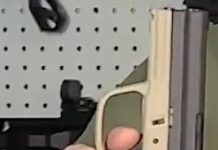



![How Many Shots Will It Take? [Video]](/wp-content/uploads/2025/06/Depositphotos_2724272_S-218x150.jpg)



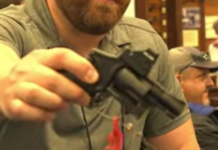
![What Level Holster Should You Be Using? [Video]](/wp-content/uploads/2024/04/Depositphotos_44548439_S-218x150.jpg)




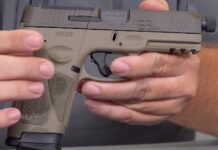


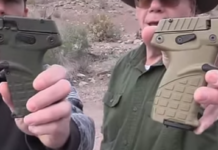


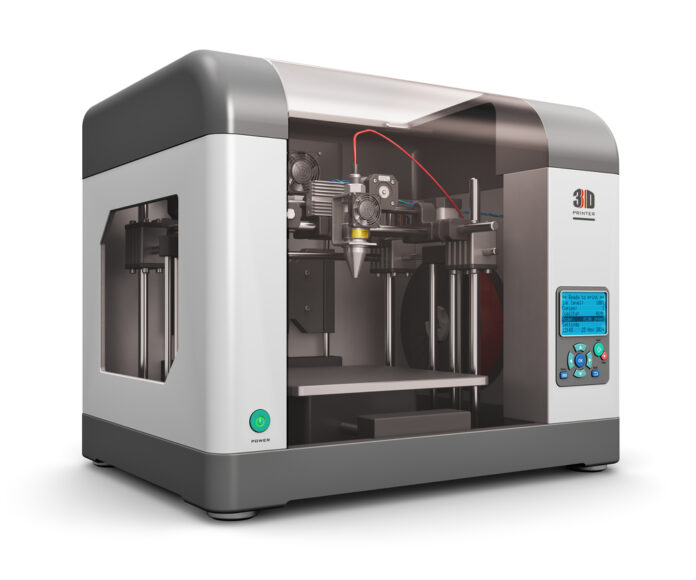










![Optic Ready vs Milled slides? [Video]](/wp-content/uploads/2024/02/image-3-100x70.png)
![[Checklist] What Gear You Need To Take Pistol, Rifle & Shotgun Training Courses [Video]](/wp-content/uploads/2023/07/Depositphotos_275087632_L-100x70.jpg)
![What is in Carter’s 2023 EDC? [Video]](/wp-content/uploads/2023/07/Depositphotos_146856137_L-100x70.jpg)



So why in an article titled “Are 3D Guns Really A Threat To Society?”, is there no mention of 3D guns…
While 3D guns are mentioned the main body of discussion focuses on ghost guns. Ghost guns are guns made at home from unregistered parts and using machine tools to finish the manufacture of the actual “gun” (as is technicallty defined by by the BATF). Ghost guns are completely legal if made for personal use by people who could otherwise legally own the gun if purchased. They cannot be sold.
Most people referring to 3D guns are referring to plastic guns that are “printed” by machines such as the one shown at the beginning of this article. They can be legal if they contain certain metal parts so that they are “detectable”… Generally they are one use only, are flimsy, dangerous to the user in use, inaccurate, underpowered, a novelty, not used by anyone serious about shooting or committing a crime. and simply not a threat to society. They do make a great plot point for spy movies.
Comments are closed.